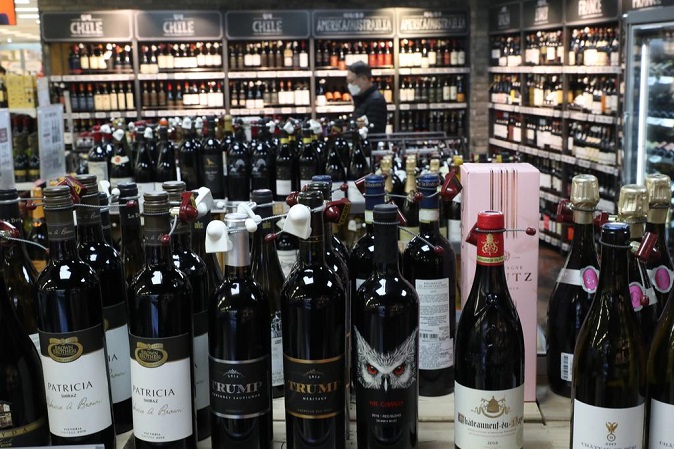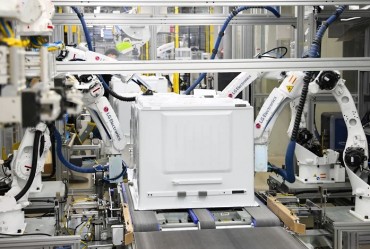DAEJEON, Sept. 23 (Korea Bizwire) — A research team at the Korea Advanced Institute of Science and Technology (KAIST) said Thursday it had developed an innovative adhesive by mixing wine’s tannic acid with a biocompatible high polymer.
Mixing a soluble high polymer with tannic acid generates a coacervate that is sticky like a jelly. The coacervate, however, is fundamentally close to a liquid and thereby has limitations in enhancing adhesive strength.
The research team developed two types of biocompatible high polymers, polyethylene glycol (PEG) and polylactic acid (PLA).
The researchers created a block copolymer by connecting PEG with PLA and then inserted it into water, allowing insoluble PLA blocks to bind together to generate a micelle, with PEG blocks wrapping the surface.
The coacervate created by mixing micelle with tannic acid becomes like a solid due to the properties of PLA, and its adhesive strength is greatly improved as its elastic modulus is more than 1,000 times greater than PEG.
“This technology can supplement the weakness of existing hair implant methods relying on transplanting hair follicles that cannot be implemented numerous times,” said Lee Hae-shin, a chemistry professor at KAIST who participated in the study.
M. H. Lee (mhlee@koreabizwire.com)







